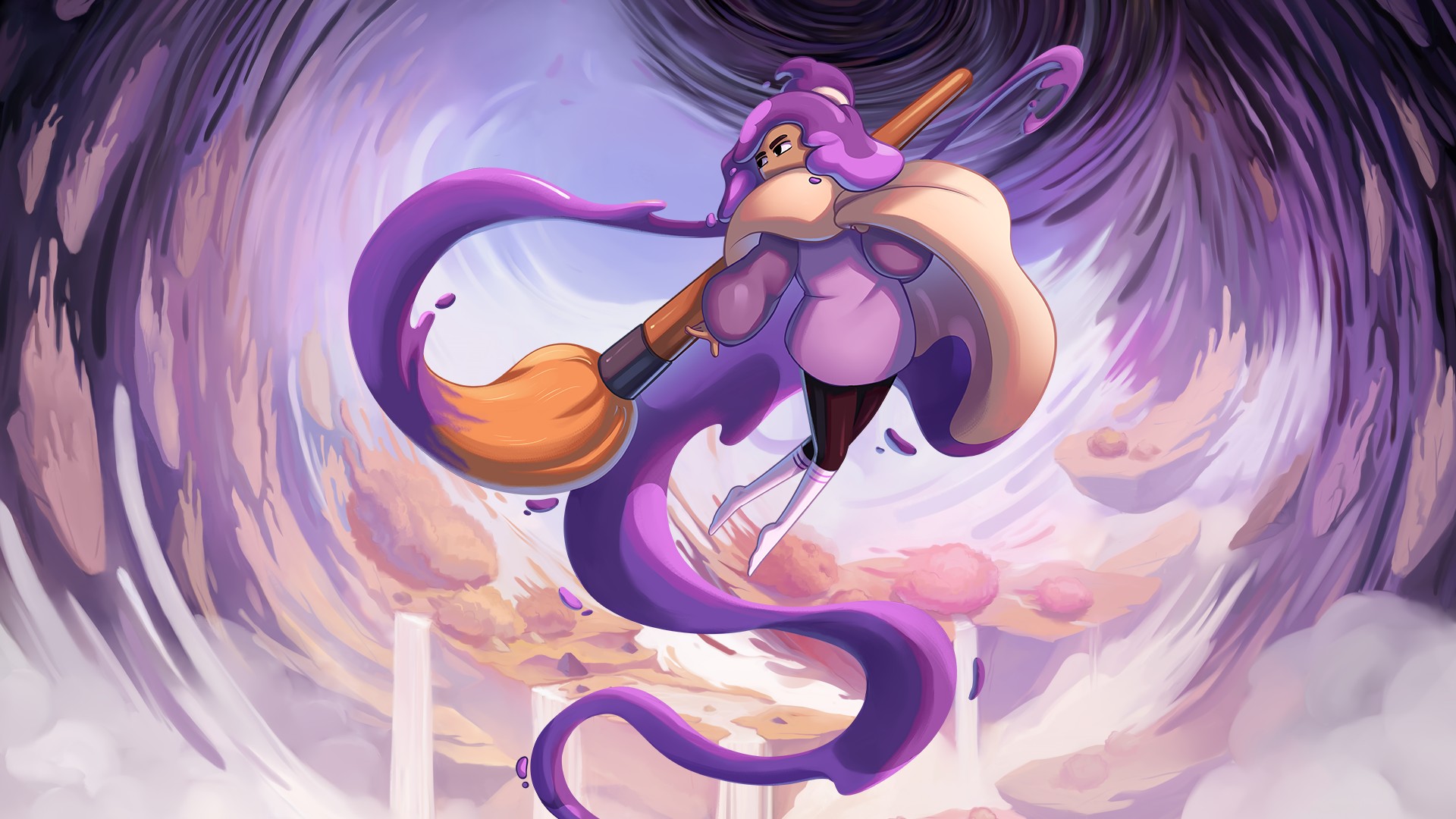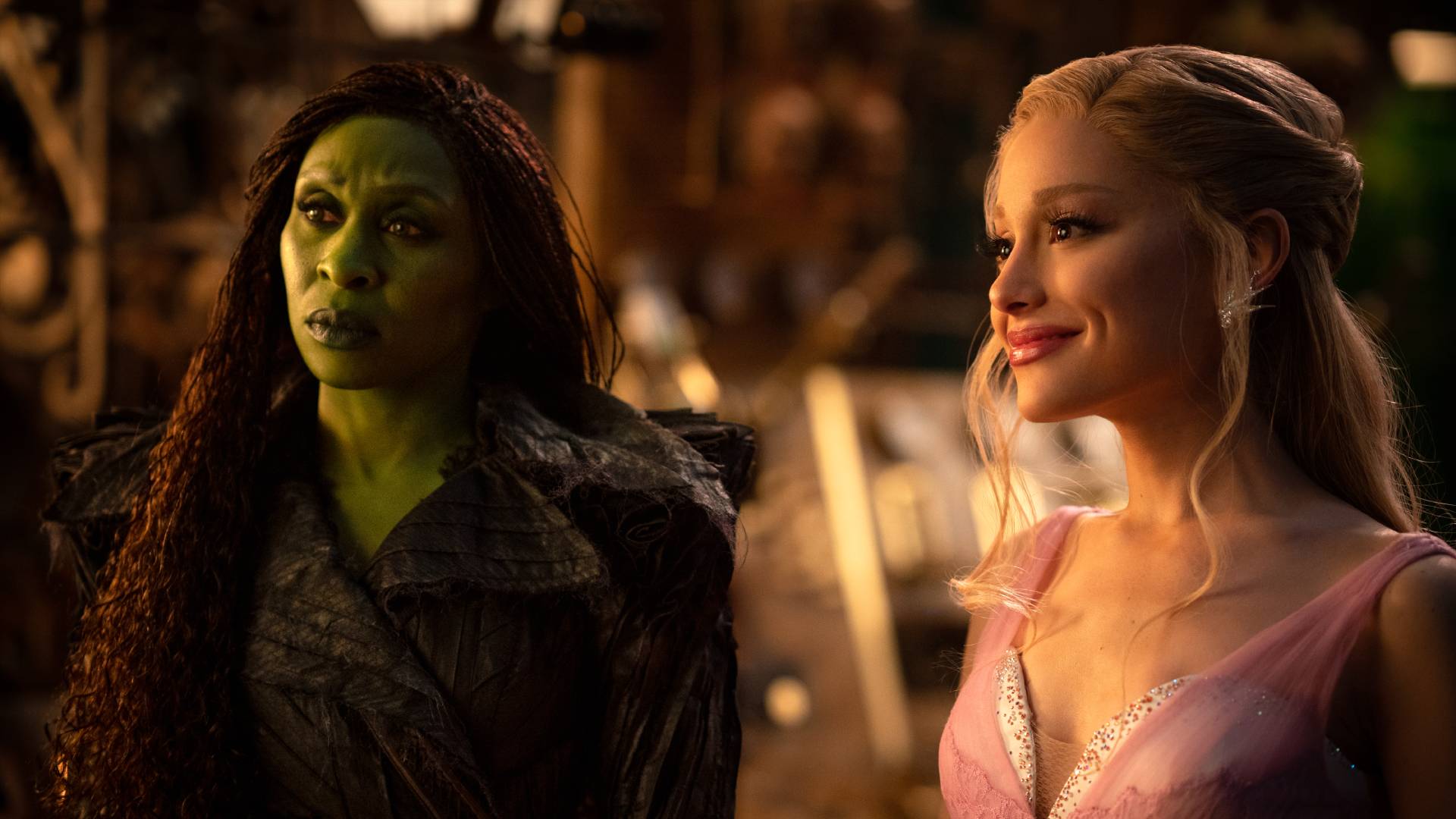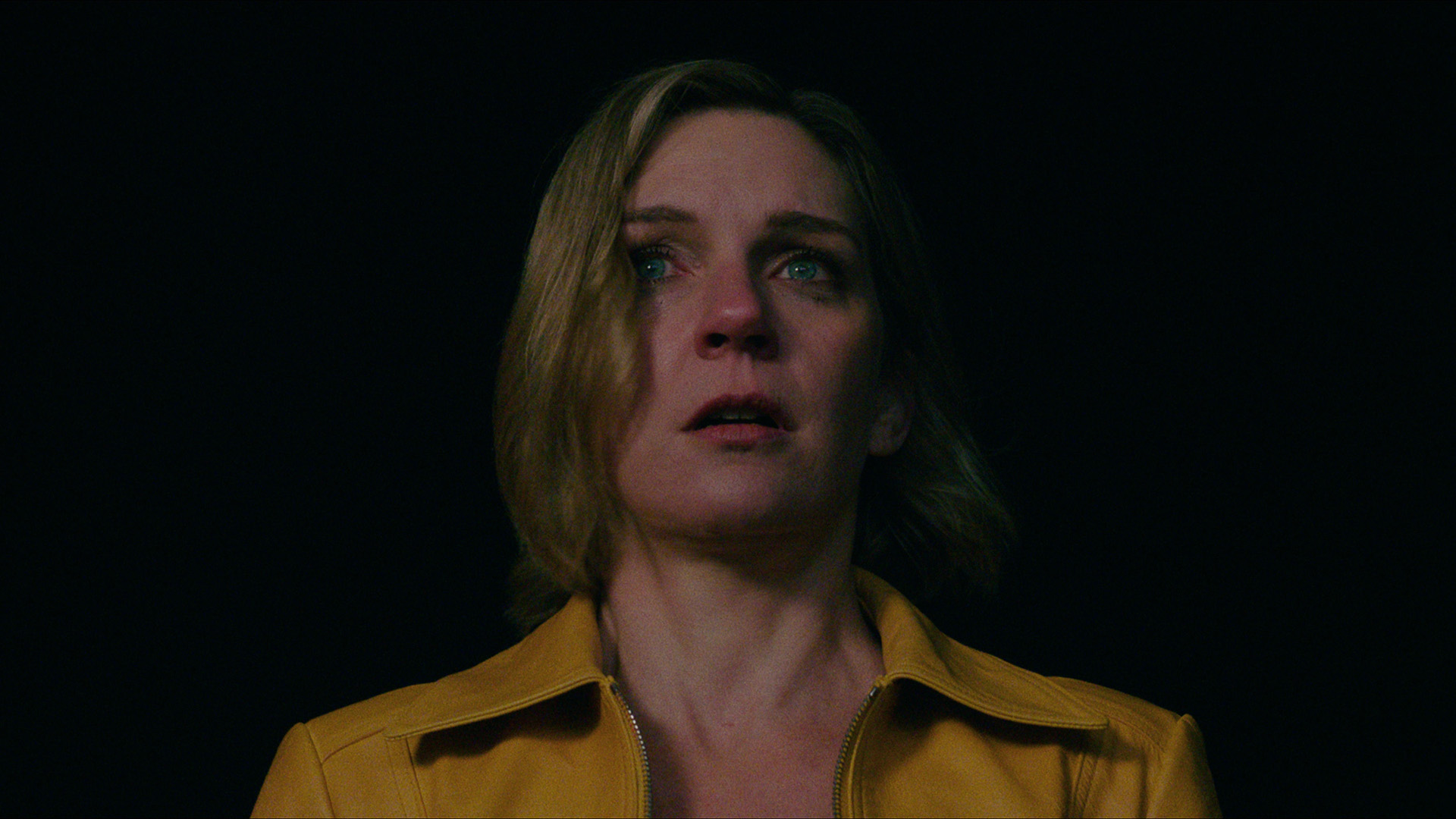Ghost Rider 2 Directors Interview: Cranking Up The Action
Putting the spirit into Vengeance, by Tara Bennett
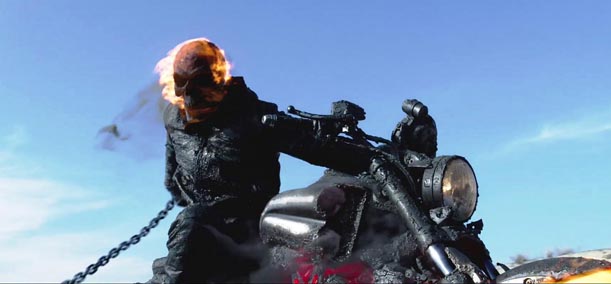
“We approached the CG pretty punk rock…
We’re hoping it has that visceral impact”
We all know box office doesn’t count for quality. Case in point: 2007’s Ghost Rider . As directed by Mark Steven Johnson and starring Nicholas Cage as Johnny Blaze/Ghost Rider, Ghost Rider made $228 million worldwide despite being almost universally panned by critics and given a big “meh” from audiences. Fans of the comic book lamented the lack of real darkness in the film and Cage’s snarky, jelly bean-eating performance. Even though it turned a profit, no one was satisfied (except Sony’s bean counters) and thus the franchise languished looking for fresh, creative blood.
The saviours of the flaming Ghost Rider turned out to be kinetic directors Mark Neveldine and Brian Taylor ( Crank , Crank 2 ) who also felt the comic book demon needed to be retooled back to its hell-fire roots. Hired to direct the sequel, Ghost Rider: Spirit Of Vengeance , Neveldine and Taylor brought back Nic Cage to play the demon biker and pushed the story ahead almost a decade. The still-cursed Johnny Blaze is hiding out from the world in Eastern Europe with no interest in connecting to humanity around him until he finds out from the drunken monk Moreau (Idris Elba) that the Devil (Ciarán Hinds) wants a little boy named Danny (Fergus Riordan) so he can come back to Earth.
Not looking to remake what came before, Brian Taylor tells SFX their movie “does hit the ground running. We’ve dropping you into a world with a whole bunch of new characters. Even if you’re really familiar with Marvel comics, you’ve never seen these characters before. We’re asking the audience to just go along with the ride and to find out what’s going on as the movie goes on as we do give our own take on what we thought the origin should have looked like.”
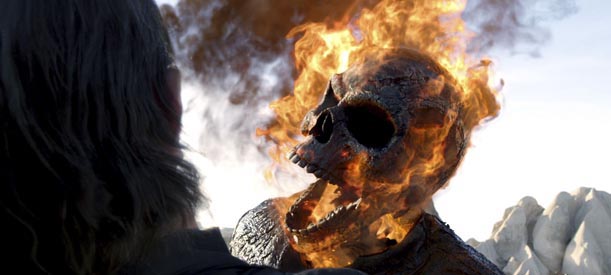
That looks is filmed in the breakneck Neveldine/Taylor style with gritty action sequences that put the directors and their cameras literally in the middle of the action.
Neveldine enthuses, “We wanted to put our stamp on this thing so we hang out of helicopters, we’re on wires 500 feet over a cliff and on rollerblades hanging off of cars; we did all that but that’s we do that on all of our films. We pulled out all the tricks but having a little more money and having better equipment really helped.”
Defending their decision to leave the indie world and take on their first studio picture, Taylor says, “A lot of people get an impression because it’s a Marvel comics movie and it’s Sony that we’ve hit the big time and it’s a whole different kind of filmmaking for us. But let’s be clear, we were in really remote places in Eastern Europe. There was no film infrastructure. It was freezing and we didn’t have a lot of money. We had to pull out all of the tricks. Later when we were back home, we did have all this fun CG stuff to play with that we’ve never really had before. All the film we shot with the same punk rock energy that is the only the way we know how to do it, so we approached the CG pretty punk rock too. We’re hoping it has that visceral impact.”
Weekly digests, tales from the communities you love, and more
More of this exclusive interview on the next page…
[VAMS id="oc1Q4KTZFq9g2"]
.
.

One of the biggest changes they made with Spirit Of Vengeance was having Cage play Blaze and Ghost Rider. “The bad thing about the first movie was that Nic didn’t play the Ghost Rider; a stunt guy did,” Neveldine reveals. “We said we wanted him to play both characters. We wanted his physicality and movement in the Ghost Rider and [Nic] said, ‘Absolutely.’ He wasn’t sure why he didn’t do that in the first movie.”
Taylor adds, “The thing about [our] Ghost Rider is that he’s not a completely CG character so it was taking the literal Nic performance and lighting him on fire.”
“Yeah, we didn’t even do motion capture,” Mark continues. “The technology is so great today the [artists] just worked off Nic’s takes. Every Ghost Rider scenes is strictly based on Nic. We were adamant about it because he put so much time into it and is so expressive that we felt we had to morph that into the skeleton. It looks great.”
Aesthetically, the directors also wanted to rough up this Ghost Rider and make him the scary badass he’s supposed to be to his adversaries and for the audience. Neveldine details, “[The compositors] really worked on developing the ripped jacket, and the smoke and fire on Nic, so that’s why there’s really decadent, rich, black smoke. They got into the chemistry and physics of it much more than the first movie and I think it will really stand out. There’s a marriage between the real world and Hell.”
They even upgraded Ghost Rider’s iconic bike to a Yamaha VMAX and the rest of the wheels in the film. “It’s cooler and more badass and more relevant to a rad sport bike today,” Neveldine explains. “We also put Moreau on this really cool Ural, which is a Russian bike. They actually make sidecar bikes but this is their first solo model and it was really rad for Moreau who is a drunk monk. We had a lot of fun attacking his character and thinking what would he really drive in the real world? It couldn’t be something too flashy or ridiculously comic.”
Mark continues in agreement, “We learned so much from the guys and the gravity they bring to their characters. Yet they’d listen to our harebrained ideas like, ‘Hey, you’re going to be on fire in this scene, so think about that.’ They were just with us on this ride.”
Brian adds, “But none was more inspirational than Nic Cage. Every time the guy would walk on stage, me and Mark would look at each other and go, (whispers) ‘That’s Nicholas Cage!’ We’ve met him and yet we were like fans!”
Mark laughs, “Yeah, and it was the whole shoot and not just the first couple days.”
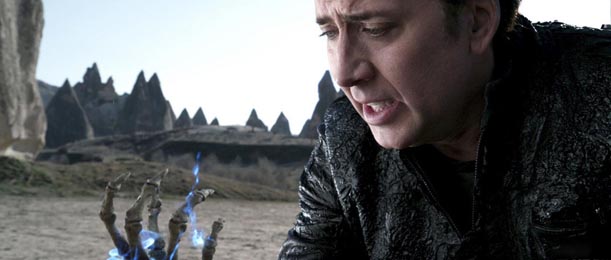
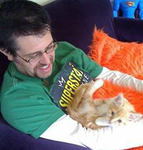
Dave is a TV and film journalist who specializes in the science fiction and fantasy genres. He's written books about film posters and post-apocalypses, alongside writing for SFX Magazine for many years.
